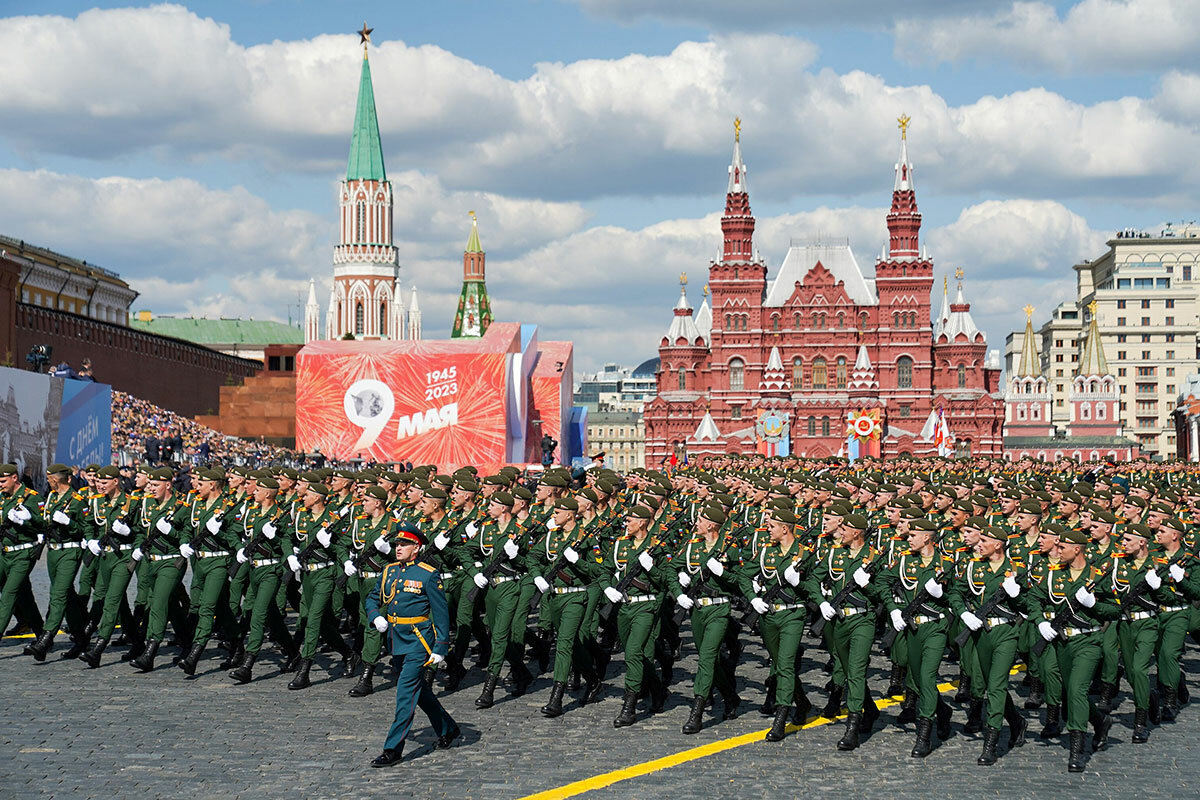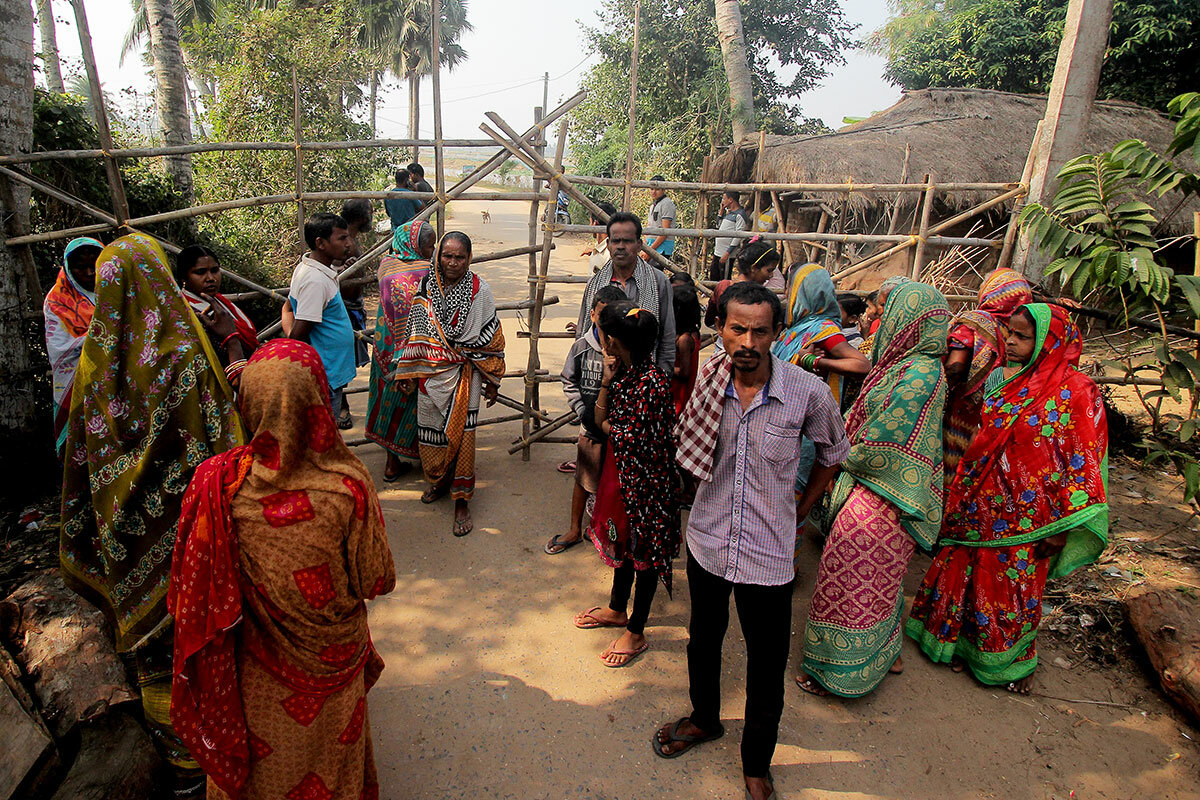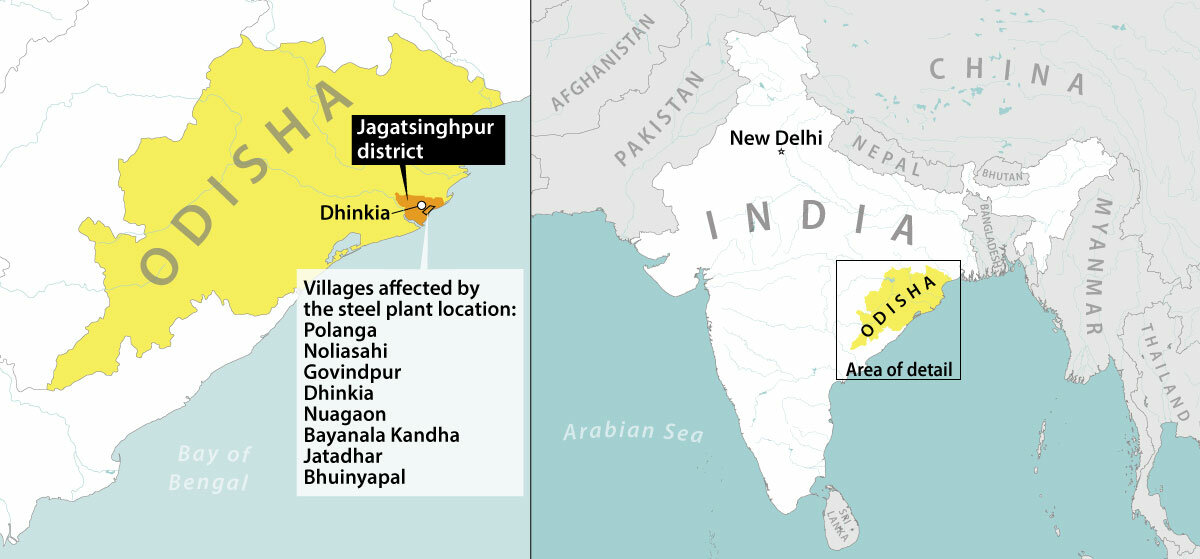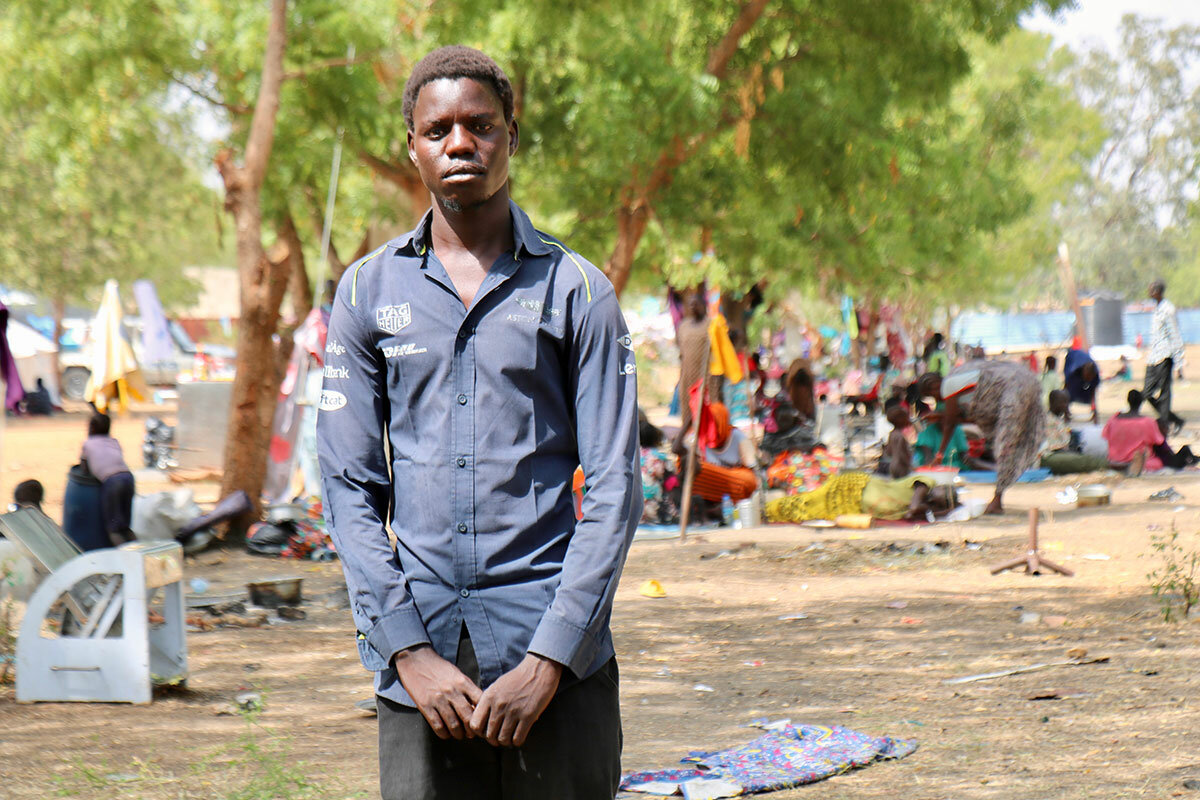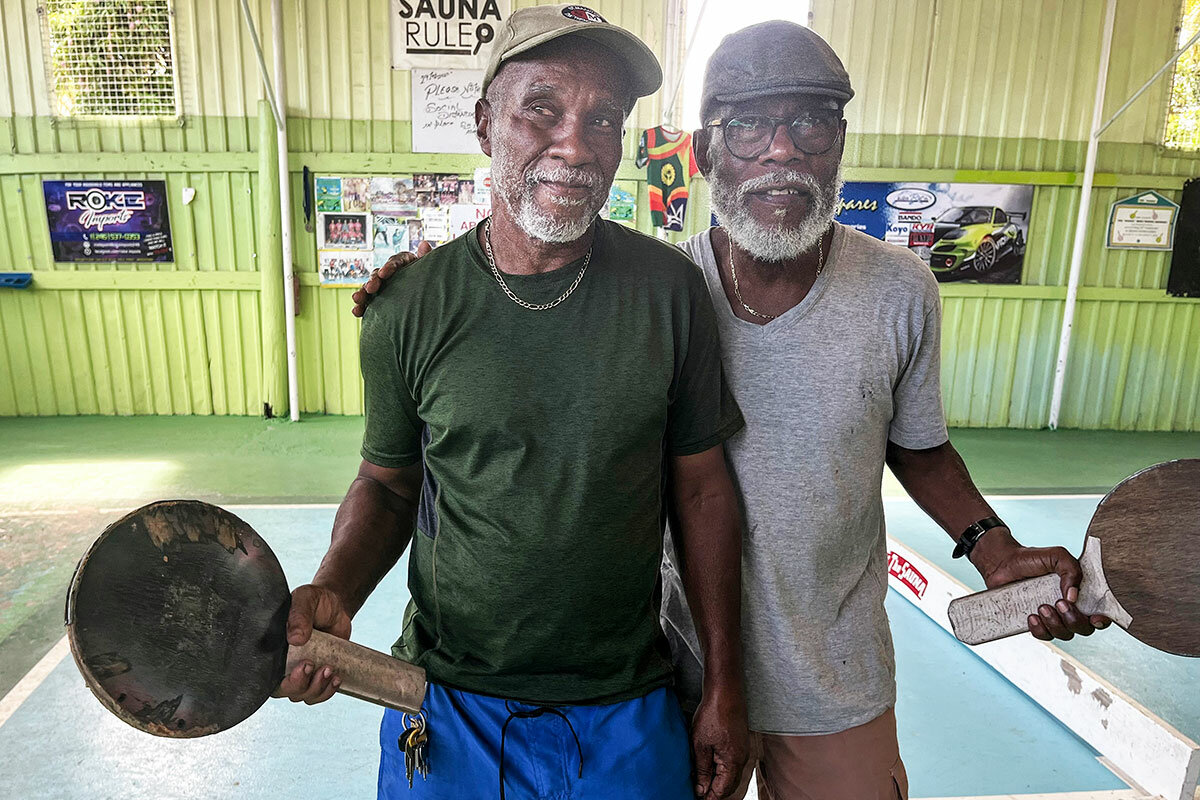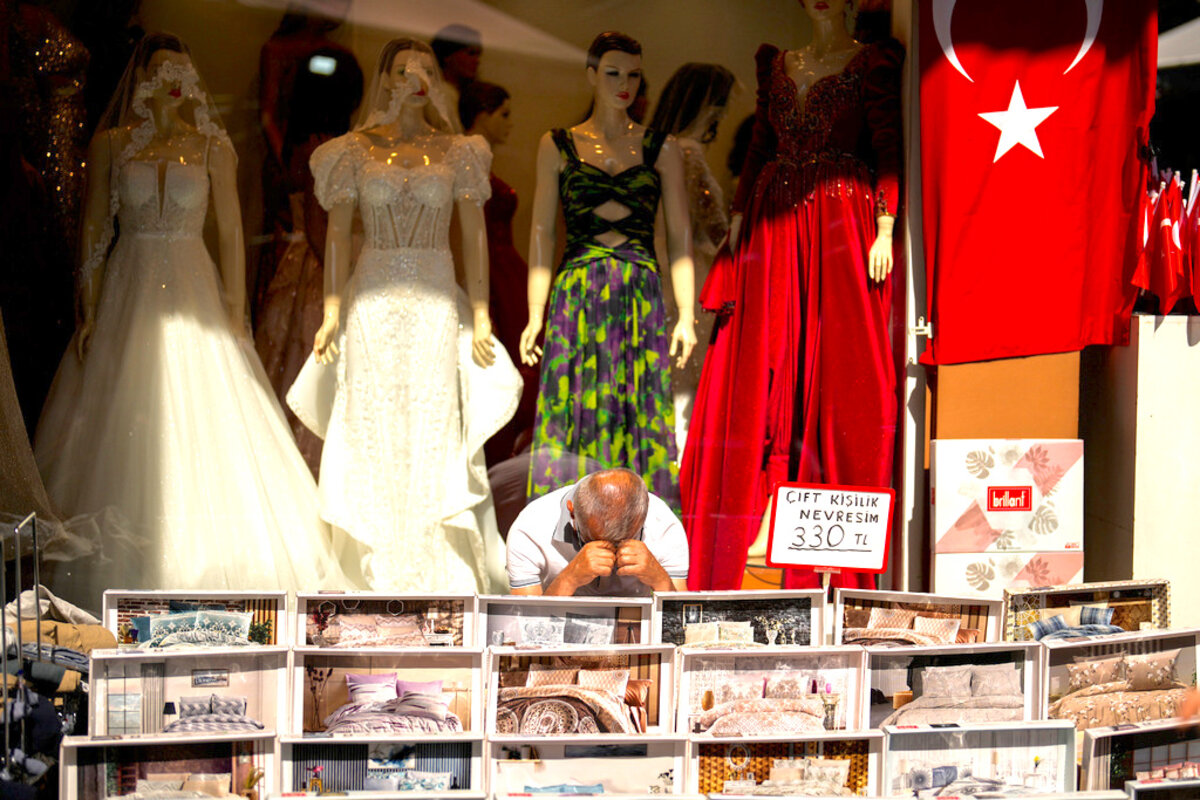The U.S. has sent a staggering amount of military aid to Ukraine. This has significantly diminished American stockpiles. Replenishing them is not merely a matter of turning a crank.
Monitor Daily Podcast
- Follow us:
- Apple Podcasts
- Spotify
- RSS Feed
- Download
 Whitney Eulich
Whitney Eulich
I was thrilled to report in Barbados last month for all the expected reasons (weather, beaches, food) and a slightly less conventional one: This would be my first time reporting a story entirely in English in more than a decade.
In the lead-up to the trip, as my anxiety grew over driving on the left side of the road and making sure I had all my interviews confirmed, I comforted myself with the notion that doing something in one’s native language inherently makes it easier.
Of course, I was wrong.
Between Britishisms and Bajanisms, I frequently found myself asking, “What?” There were interviews where I even considered inquiring if the person spoke some Spanish.
But, like any language, it only took a strong dose of humility – and tuning my ear to what was initially a linguistic puzzle. When I was told, “That would be right,” it wasn’t a use of the conditional as I first understood it, but somehow a gentler way of telling me something was correct. I learned to love local turns of phrase, like “yes, please,” which was doled out in situations where a simple affirmative just wouldn’t do.
“Is the restroom over there?” “Yes, please!”
“Are you Bob?” “Yes, please!” “ ... But, ARE you Bob?”
Now back in my adoptive home of Mexico, I’ve finished writing my stories from Barbados, one of which you can read in today’s Daily about the innovative and growing sport of road tennis. Next time I travel to an English-speaking country to report, I know my expectations won’t be so idealized. But given the chance to return to Barbados? Yes, please!





